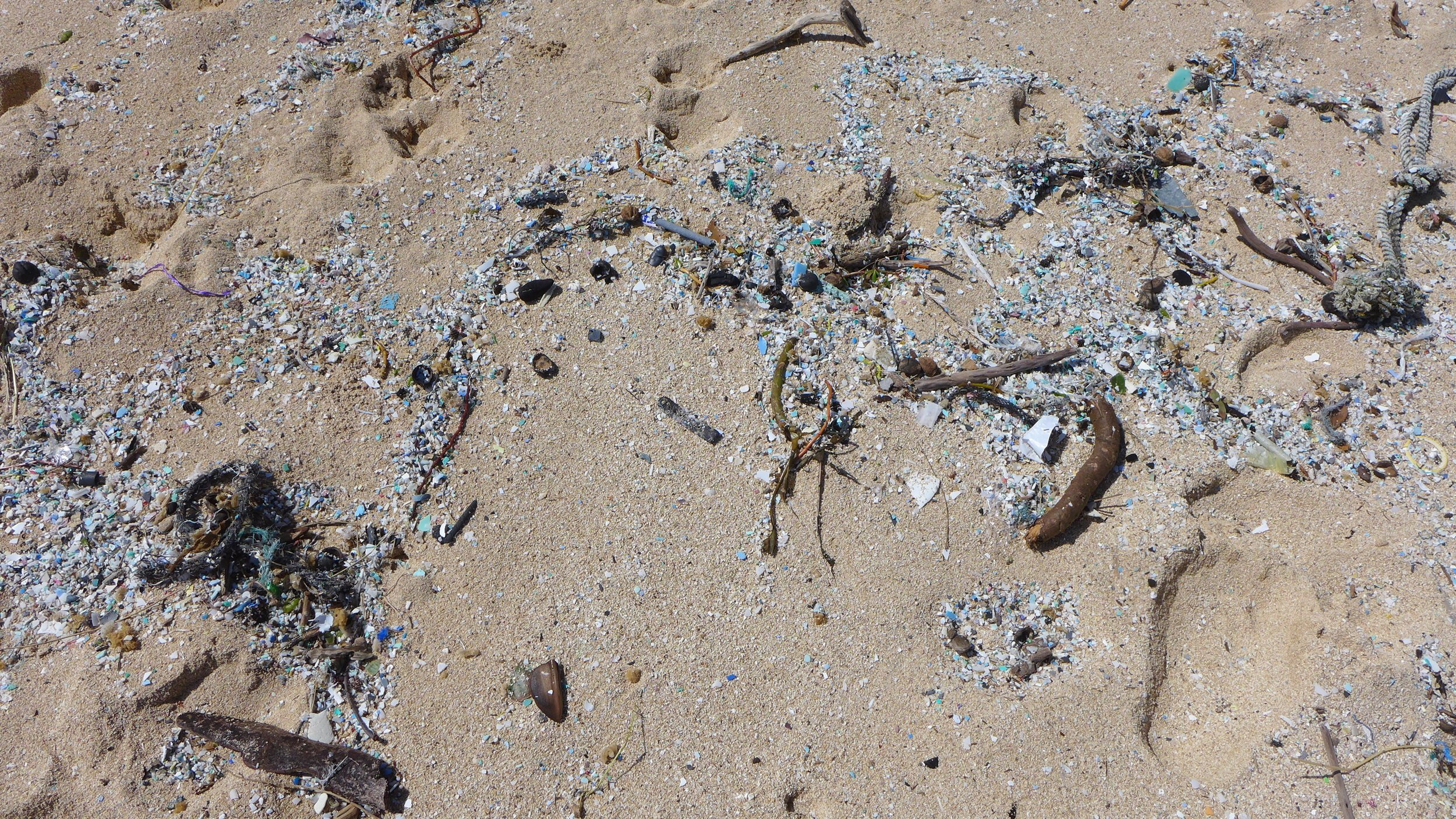A New Link Between Plastic and Climate Change
New research shows that plastics emit powerful greenhouse gases as they degrade.
Picture the Empire State Building in New York. Now imagine 1000 of them side by side. Combined, this forest of skyscrapers would weigh about 300 million tons. This is the amount of plastic humanity produces every year. Around half of this is single-use plastic: used just once before being discarded, with much of that ending up in our oceans.
Now, a new study released today suggests a previously unreported threat from all this plastic. Research at the University of Hawaii led by Sarah-Jeanne Royer has demonstrated that many plastics actually give off powerful greenhouse gases as they break down, contributing to climate change. Of particular concern is the plastic type which releases gases at the highest rate: low-density polyethylene (or LDPE). This is also the most prevalent discarded plastic in the ocean today.
LDPE has a weaker and less dense chemical structure than most plastics, meaning it breaks down more easily. The more surface area a piece of plastic has, the more gas is given off. A plastic bottle, for example, after years of photo-degradation, will have a surface area thousands of times greater than its original surface area.
Over time, plastics give off more and more gas. Light (and to a lesser extent heat) are the primary catalysts for this gaseous release. This leads to an alarming feedback loop: as the climate changes, the planet gets hotter, the plastic gives off more methane, increasing the rate of climate change and the circle continues.
Over time, under intense sunshine, plastics in the ocean break down. Their surface area increases.
The more surface area a piece of plastic has, the more gas it gives off.
Among the gases studied by the team were methane and ethylene. Methane is one of the most potent greenhouse gases: whilst it makes up a small volume of the greenhouse gases it is 21 times more potent than carbon dioxide. It also accounts for approximately 20% of the greenhouse gas effect.
Links between climate change and plastic are already known – 6% of global oil consumption goes towards creating plastics – but this is believed to be the first time a study has demonstrated that plastics actually release greenhouse gases after being created. Further research is needed to more precisely determine the mechanisms involved in this release of gas – but the study adds to the growing list of ways plastic is destroying our planet.
How do we combat a problem which ravages the environment in so many ways? There is only one way. We need a material revolution. As a species, humanity needs to re-think its relationship with plastic. This begins with the Parley AIR pledge. We must avoid using plastics, particularly single-use plastics. We must intercept plastics before they enter our oceans, for once there they never die. Industry, scientists and consumers must come together to redesign plastics and develop alternatives.
Share your thoughts and join the conversation on social media
IG @parley.tv | TW @parleyforoceans | FB @parleyfortheoceans
#ParleyAIR

















